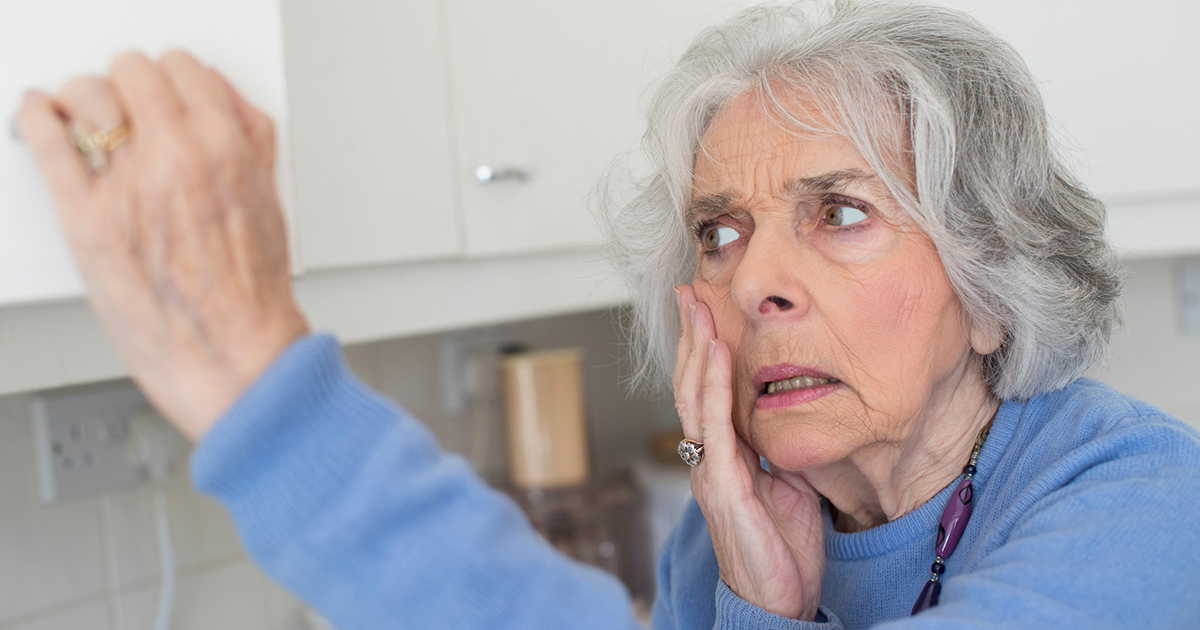Symptoms Of Moyamoya Syndrome
Moyamoya syndrome is a rare disorder in which a person's carotid artery is narrowed or blocked over a period of time. This reduces the blood flow to the brain. At the base of the patient's brain, small blood vessels will open as they attempt to supply adequate blood to the brain. Unfortunately, the tiny blood vessel clusters won't be able to provide the required oxygen and blood, causing permanent or temporary brain injury. Since moyamoya disease is progressive, symptoms will often appear in small forms and worsen over time. It's very rare for moyamoya disease to appear in individuals who aren't of Asian descent, but it is possible. The syndrome appears most often in East Asian countries, particularly Japan, Korea, and China.
Seizures

A patient with moyamoya syndrome may suffer seizures as a result of brain damage. Seizure activity occurs when a person reacts to abnormal electrical activity throughout their brain. Epileptic seizure activity is most commonly known, as individuals with epilepsy often experience abnormal electrical pulses and subsequent seizure activity. However, in patients with moyamoya syndrome, the onset will be unusual. There won't be another medical explanation for the episode. As the condition progresses, seizure activity may become more and more frequent.
The specific seizure symptoms will vary depending on the part of the brain involved. Most individuals are familiar with convulsions, falls, and shaking brought on by seizures. In some cases, behavioral changes can be a sign of seizure activity, especially if combined with a blackout and confusion. When a person experiences a seizure without ever having had one before, they should receive medical attention immediately. Additionally, seizure activity lasting longer than five minutes should receive medical care, even if the person has a seizure disorder.
Cognitive Decline

When a patient has moyamoya syndrome, their brain is slowly starving of oxygen. There will be a slow but marked decline in their cognitive abilities. The brain will begin to die from a lack of blood flow and oxygen. As brain damage becomes more extensive, more cognitive abilities will be impaired.
The exact symptoms of cognitive decline are variable because they depend exclusively on what area of the brain is damaged. If the prefrontal cortex becomes damaged, a person's basic consciousness and thoughts may become impaired. A damaged amygdala will impair a person's ability to process their emotions, which could result in unpredictable mood swings and angry outbursts. If any part of the brain that governs the physical body is affected, the neural decline will cause the body to stop working the way it's meant to.
